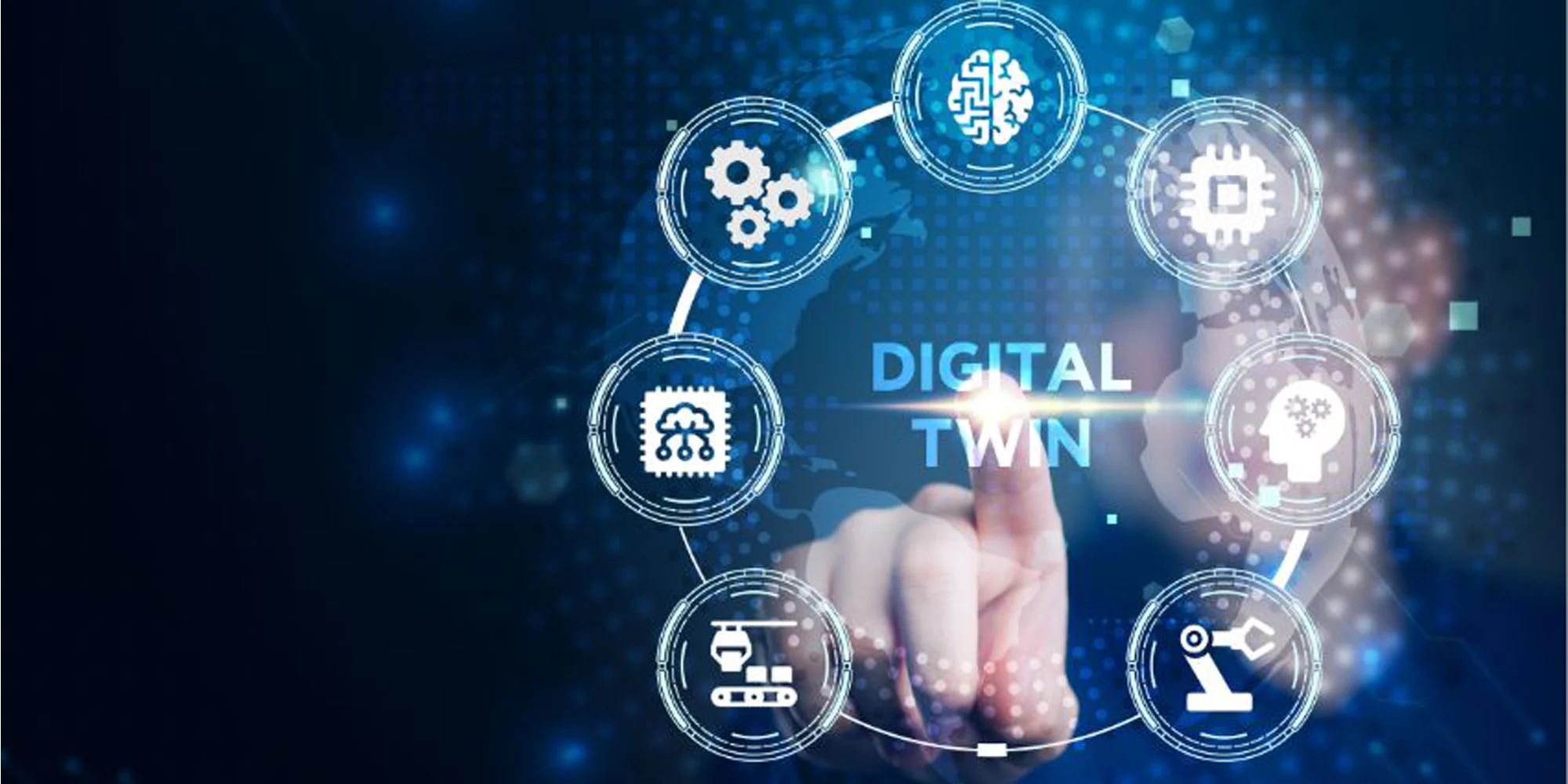
In this article
Why Do We Need Edge Computing For A Sustainable Future?
In this article
Introduction
With its popularity increasing, one question is consistently arising over the past few years— how can edge computing be used to improve sustainability? In this blog, we will briefly discuss how edge computing can be used to improve sustainability and which factors have made edge computing cheaper and easier.
What is Edge Computing?
Edge computing is a distributed information technology (IT) architecture in which client data processing occurs as close to the originating source as possible at the network’s periphery. Simply put, it is a matter of location. Here, data production occurs at a client endpoint in traditional enterprise computing.
For example, consider a user’s computer. In this case, the data transfer occurs across a WAN, such as the internet, using the corporate LAN, where the enterprise application stores and processes it. The results of that work are then communicated back to the client endpoint. For most common business applications, this is still a tried-and-true approach to client-server computing. Let us see how can edge computing be used to improve sustainability.

How can Edge Computing be Used to Improve Sustainability?
In recent years, cloud computing has become popular, with numerous businesses migrating to cloud platforms. However, its rapid growth has serious environmental risks that are very concerning.
Although centralized data centers are important to cloud computing infrastructure in the current times, there lies a bigger problem that they cause. The Cloud now has a greater carbon footprint than the airline industry. A single data center can consume the equivalent electricity of for 50,000 homes. In such a case, edge computing can help improve sustainability.
Here’s how edge computing can be used to improve sustainability. Edge computing can help improve outcomes on each of the three pillars of sustainability, namely: Environmental, Social, and Economic.
1. Reduced Energy Consumption
Edge computing helps reduce the amount of data transmitted to and from the cloud. It also reduces the impact of this traffic on the network. Moreover, it reduces operational costs for cloud service providers (CSPs). This is, especially, important to use IoT devices and other digital transformation technologies for industrial 4.0 efficiently.
Here are some other ways how edge computing can be used to improve sustainability!
- Saves money by reducing cooling costs
- Reduces time for processing requests due to the involvement of fewer servers
- Eco-friendly by reducing the carbon footprint
2. Reuse Existing Hardware
You can use (or reuse) existing hardware with edge computing. To save money and cut carbon emissions, you can use the servers, switches, storage, and software that are already in use. It’s not necessary to spend time looking for new technology or building entirely new infrastructure. Instead, all you have to do is plug into the existing hardware, which increases sustainability by reducing the demand for new hardware production.
3. Improved Resilience and Offline Working
This is another way where edge computing can improve sustainability. It improves the resilience of industrial systems by allowing them to function offline. Thus, even if you don’t have internet access, your system can still function normally. If you’re wondering which factors have made edge computing cheaper and easier, this is one of them.
4. Reduces Latency and Allows More Efficient Services
By ensuring all processing takes place locally and close to where users live, edge computing reduces latency. Less latency makes it possible to create services that are more efficient while consuming fewer natural resources. We can enhance sustainability by reducing waste and developing more intelligent services.
5. Improved Security and Privacy
Edge Computing improves the security and privacy of your data. Using it, you can store data on the edge of a network. It can help prevent hackers from gaining access or stealing your data as you’re not storing data in one central location. This aspect of edge computing is improving social sustainability by improving the security of personal data.
6. Scalability
Since one can scale edge computing up and down as required, it is able to handle peak traffic times. It is scalable in terms of hardware as well as software.
What Factors have made Edge Computing Cheaper and Easier?
The following factors have made edge computing cheaper and easier:
- Edge computing enables operations technology personnel to process data at the network’s edge, instead of processing important data in the cloud or through a centralized data warehouse.
- Since some business-critical applications will require real-time data, employment of physical or virtual computer infrastructure at the network’s edge to reduce required bandwidth access data centered centrally is necessary.
- Edge computing reduces data transit and allows the filtration of sensitive data locally, allowing businesses to create a security and compliance architecture that matches their needs.
- IoT and edge computing are driving the next wave of data center modernization and enhancement. Virtualization and edge computing allow organizations to take benefit of current gadgets without abandoning traditional systems.

Advantages of Edge Computing
Following are the various advantages of edge computing:
- Lower latency: Data travel is reduced or eliminated as a result of edge processing. This can speed up insights for use cases requiring low latency and complex AI models, like fully autonomous vehicles and augmented reality.
- Cost savings: When compared to cloud computing, local area networks offer businesses greater bandwidth and storage at lower costs. A further benefit of processing at the edge is that fewer data must be transferred to the cloud or data center for additional processing. As a result, both the cost and the amount of data that must travel are reduced.
- Model accuracy: AI depends on highly accurate models, particularly for edge use cases that call for instantaneous action. Lowering the amount of data fed into a model typically solves the problem of a network with insufficient bandwidth. Reduced image sizes, skipped frames in videos, and lower audio sample rates are the results of this. Data feedback loops can be used to increase the precision of AI models when they are deployed at the edge, and several models can operate at once.
- Broader reach: For traditional cloud computing, an internet connection is a requirement. However, edge computing can process data locally without an internet connection. As a result, computing can now be used in previously inhospitable or remote locations.
- Data sovereignty: Edge computing enables organizations to keep all of their sensitive data and compute inside the local area network and company firewall by processing data where it is collected. As a result, the risk of cloud cybersecurity attacks is decreased, and strict data laws are better complied with.
Difference between Edge Computing and Cloud Computing
First and foremost, it’s important to recognize that cloud and edge computing are two distinct, non-replaceable technologies. While cloud computing involves processing data that is not time-driven, edge computing involves processing data that is not time-driven.
In remote areas with poor or no connectivity to a centralized location, people prefer edge computing over cloud computing due to latency. Edge computing offers the ideal solution for the local storage needed at these locations, which functions like a small data center. All in all, there are multiple benefits of cloud computing that one can leverage.
Additionally helpful to specialized and intelligent devices, edge computing. Although these gadgets resemble PCs, they are not typical computing devices with multiple functions. These intelligent, specialized computing devices react to specific machines in a specific way. However, in some sectors where quick responses are necessary, this specialization becomes a disadvantage for edge computing.
Conclusion
To conclude, the above pointers can well answer how can edge computing be used to improve sustainability. Edge computing can help improve sustainability. In the world of technology, there are numerous benefits of sustainability. For example,
- it reduces energy consumption,
- improves product design and performance,
- reduces business expenses and overall carbon footprint, and
- offers economic as well as social benefits.
Tech Insights Digest
Sign up to receive our newsletter featuring the latest tech trends, in-depth articles, and exclusive insights. Stay ahead of the curve!



